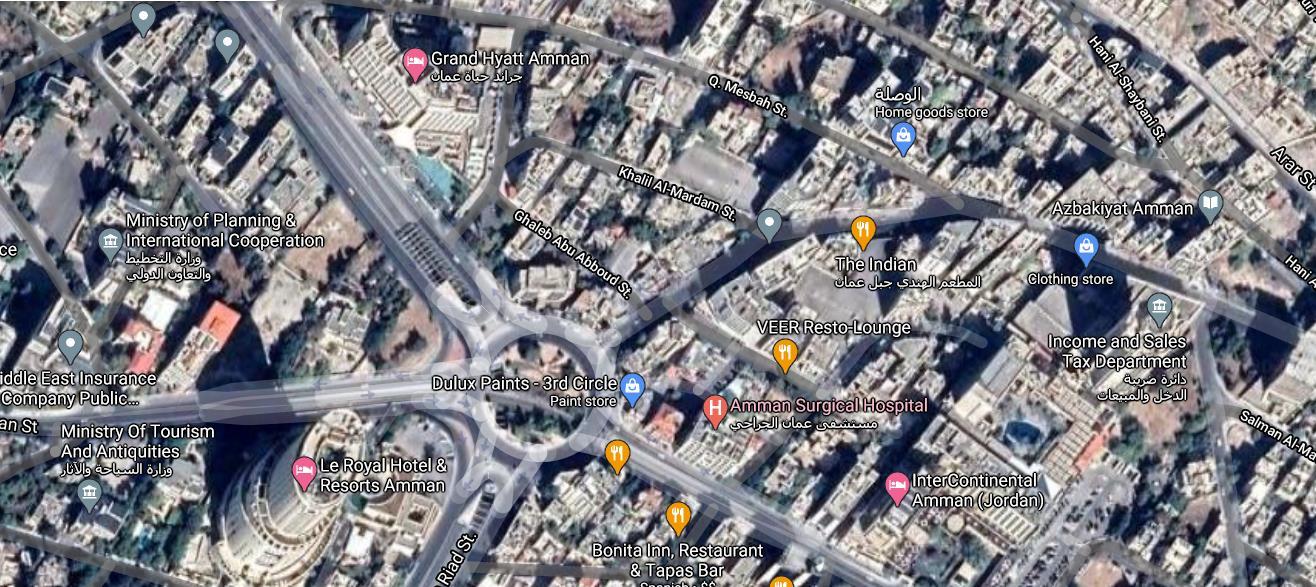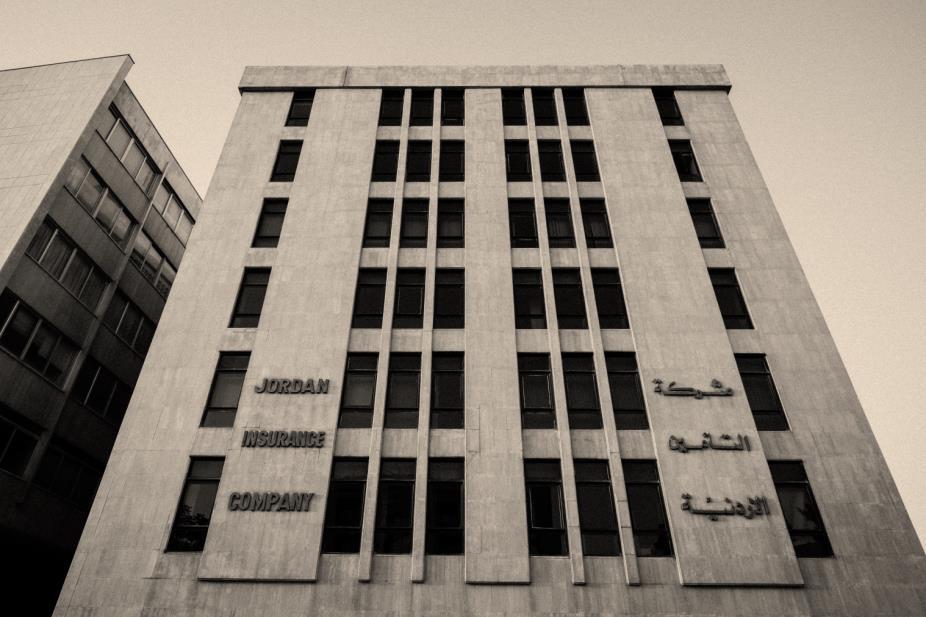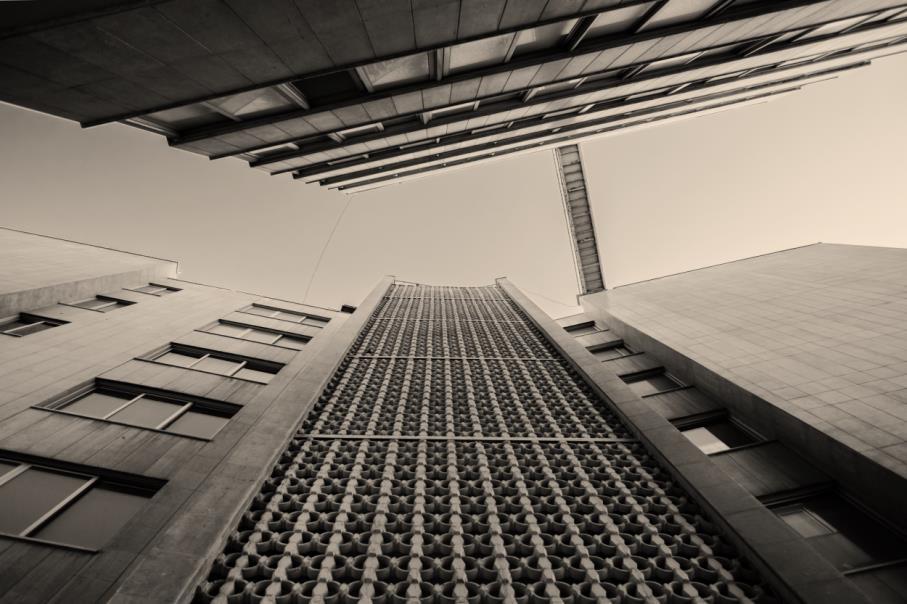
4 minute read
HISTORIC CONTEXT
from Jordan Insurance Company - Designed by Architect Waddah Al Abidi (Steinke+Arida)
by Joanna Arida
Arab heritage, one of the main elements of world heritage, is rich and diverse. However, the recent past in the Arab World has been mistreated. Arab cities have undergone modernization since the Ottoman periods. New forms of public spaces emerged and even new forms of shopping. Bringing the scope closer to Jordan, before the 20th century, Amman was less of a lively place. The early steps of Amman’s development took place in the early 20s, when the city flourished on the site once occupied by numerous people from the Mediterranean, Ammonites, Assyrians, Ottomans, etc. When labelled as the capital, Amman was reborn.
In the 20th century, Amman has witness gradual development along the years. Development came along with the expansion and urbanization of Jordan’s cities. Amman represents a different urban reality that had gone through motions which deserves intense research. Its early emergence of modernity included public buildings such as hospitals, schools, and cinemas and this gave the capital a head start towards development and acting as an influential figure to other surrounding cities. (Daher, 2006) With development came the rise of unique architectural styles and new types of buildings. That nullified the traditional architectural styles coming from the rich and multi-cultural heritage of the region. Buildings in that time were characterized by their multi-use and were designed by several concepts based on the principles of modern design. They were also based on using new building materials such as concrete, marble, metal, and glass with the use of original stone as a main material in the facade. It is said that this period was an important transition in which architecture in Jordan turned into an organized and established profession.
Advertisement
Figure 1: Third Circle, Amman. (Google Images)
HISTORIC CONTEXT
Before 1966, Amman only had three buildings that exceeded 10meters in height. They were considered the “high-rise buildings” of the city. These buildings were 1) Philadelphia Hotel 2) the Intercontinental Hotel and 3) the First Circle’s Jordan Insurance Company; the first multi-story building in the city. (Chung, 2008) The Jordan Insurance Company had a two-story building in Talal Street that they rented at the time, but then they decided that they want to own land and build their company once and for all. The first building was on the first circle. The second one was the third circle’s insurance company complex. The Jordan Insurance Company is an example of an international style building built in the late 1970s, a structure that is almost half a century old. This particular work of architecture was designed by Jordanian architect Dr. Eng. Waddah Al Abidi which characterised the skyline of the city back in the 70s where no high-rise buildings were built around the Third Circle. The insurance company comprised of three buildings labelled A, B, and C. “Waddah el-Abidi was born in Safad [Palestine] in 1944, graduated in architecture from Egypt’s Alexandria University in 1967, and in 1974 received his D.P.L.G. from the Ecole Nationale Superieure des Beaux Arts in Paris. Among his most significant works we can mention… is now the head office of Amman’s newspaper Dal Al-Shaab” . (Ghanimeh & Pisani, 2001) Coming from the Fourth Circle onto the Third Circle and taking the third exit towards Prince Mohammad Street, a tall complex of buildings stands to our right; the Jordan Insurance Company complex (JIC). Designed to house the head offices, it is a building with nine floors above ground and two levels underground.

Figure 2: Arch. Waddah Al Abidi sitting in his home office. (Rulana Al Abidi)
HISTORIC CONTEXT
This building is from the 1980s, a structure that is almost half a century old. Unfortunately, little protection is awarded to them. Along with other modern structures, these buildings represent the second phase in Amman’s modern history, during which it evolved from a town into a city. (al-Asad, 2010) It is a time when the second wave of Jordan’s important institutions, whether political, economic, or cultural, came into being. The buildings of that period are testimonies to these developments. Buildings from Amman’s modern past are more than works of architectural significance. They are a living testimony to the city’s eventful evolution over the past century. We have lost more than we should of them. We need to make sure we do not lose any more.
Third Circle

Figure 3: Jordan Insurance Company’s location. (Google Maps)


Figure 4-7: Old exterior shots (Majd Hijawi)






